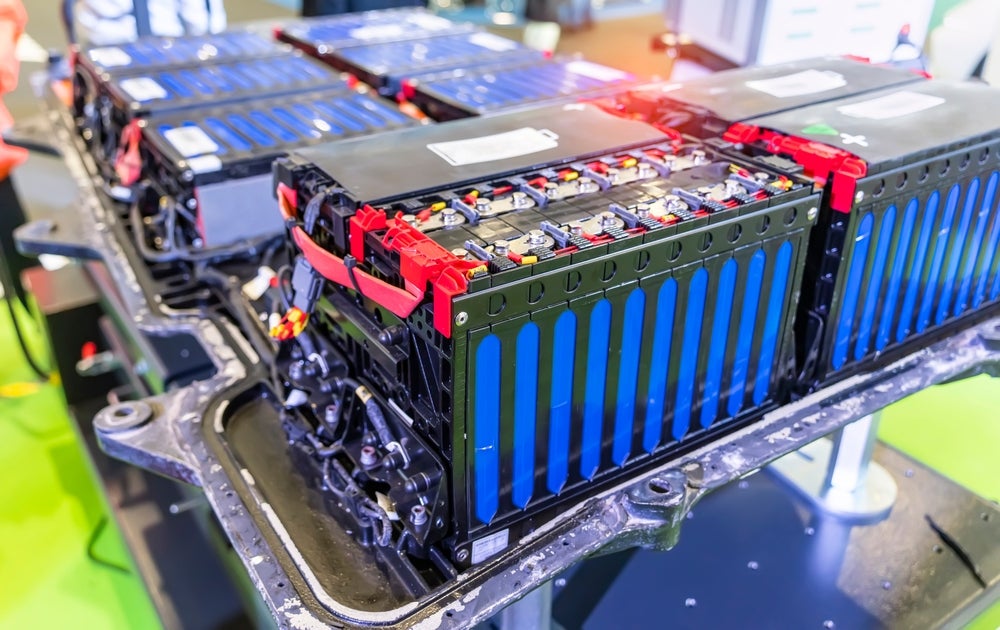
In the pursuit of sustainable development, the financing landscape has evolved to embrace innovative solutions that marry public and private capital. One such approach gaining traction is blended finance. But what exactly is blended finance, and how does it function within the web of the battery supply chain, a cornerstone of the electric vehicle (EV) revolution?
Understanding blended finance
At its core, blended finance combines public or philanthropic funds with private sector investment to address global challenges, such as climate change and sustainable development. This approach seeks to leverage the strengths of both sectors, unlocking additional capital while mitigating risks for investors.
Blended finance operates on the premise of risk sharing, where public funds are used to de-risk investments, making them more attractive to private investors. By blending different types of capital, such as grants, concessional loans, and commercial finance, blended finance mechanisms aim to catalyse investment in projects that might otherwise be deemed too risky or financially unfeasible.
Blended finance in the battery supply chain
As the world transitions towards electrified transportation to combat climate change and reduce dependence on fossil fuels, the demand for batteries has surged exponentially.
However, scaling up battery production and ensuring a resilient supply chain pose formidable challenges. This is where blended finance steps in, offering a strategic approach to bridge funding gaps and catalyse investment in this pivotal sector.
Blended finance mechanisms, such as the Battery Investment Facility (BIF) proposed by the Green Finance Institute, play a role in bolstering the resilience of the battery supply chain. The BIF, for instance, seeks to attract private investment by sharing risks with public funds, thereby enabling battery technology companies to scale up and thrive.
How well do you really know your competitors?
Access the most comprehensive Company Profiles on the market, powered by GlobalData. Save hours of research. Gain competitive edge.

Thank you!
Your download email will arrive shortly
Not ready to buy yet? Download a free sample
We are confident about the unique quality of our Company Profiles. However, we want you to make the most beneficial decision for your business, so we offer a free sample that you can download by submitting the below form
By GlobalDataBy leveraging a co-investment model, the BIF aims to amplify the impact of public capital, attracting three to five times the initial investment. This structured approach not only accelerates the growth of the battery market but also enhances supply chain resilience, vital for meeting the burgeoning demand for EVs.
Challenges and opportunities
While blended finance holds immense promise, it is not without its challenges. Achieving effective risk sharing between public and private sectors requires careful structuring and coordination. Moreover, scalability and replicability across different sectors and geographies remain key considerations.
Nevertheless, the potential benefits of blended finance in the battery supply chain are undeniable. By mobilising additional capital and fostering collaboration between stakeholders, blended finance mechanisms like the BIF have the power to drive innovation, accelerate the transition to clean energy, and pave the way for a sustainable future.
As the world grapples with the urgent imperative of combating climate change and transitioning to renewable energy sources, innovative financing solutions like blended finance bring hope. Within the battery supply chain, blended finance mechanisms hold the promise of unlocking investment, enhancing resilience, and propelling the EV revolution forward.
By harnessing the strengths of both public and private sectors, blended finance has the potential to bring transformative change.
EV adoption: ULF paves the way for sustainable transport financing
Explainer: the path to net zero emissions in automotive







